Pope Francis’ body will be embalmed using traditional methods to preserve it for public viewing over three days without visible decay.
Pope Francis has passed away at the age of 88, marking the end of his significant role as the first Pope from Latin America.
As the Catholic Church prepares to elect a new Pope, there is an immediate task at hand: embalming Pope Francis’s body.
This process is essential to prevent decay, especially considering the warm and humid weather in Rome.
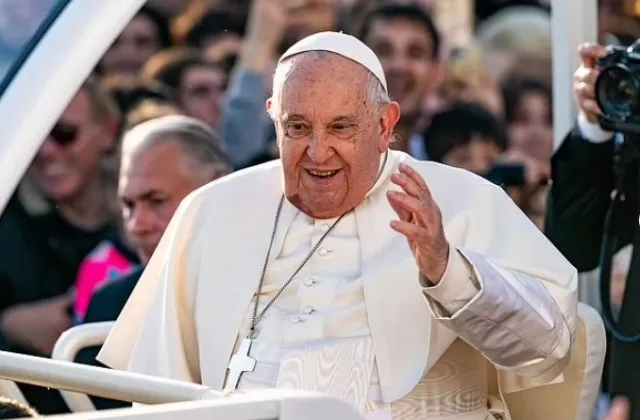
Understanding the embalming process
Embalming is a technique used to preserve a body after death.
For Pope Francis, the process will likely involve draining his blood and replacing it with preservative chemicals.
This method prevents the rapid onset of decomposition, allowing his body to lie in state for public viewing.
To begin, the veins in the Pope’s neck will be opened.
A mixture of chemicals, potentially including alcohol, water, dyes, and formaldehyde, will be pumped into his circulatory system.
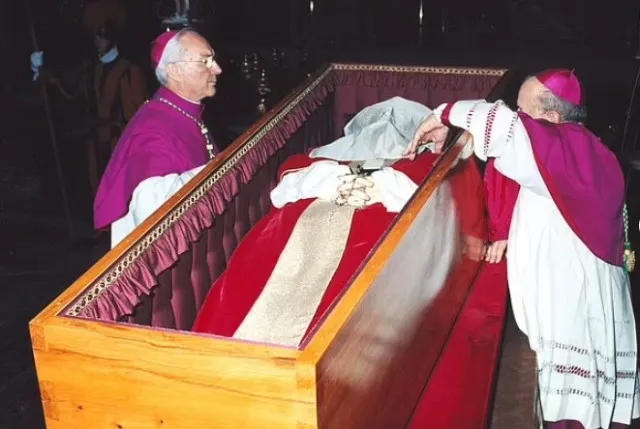
This method works similarly to a blood transfusion, where the preservative fluid pushes out the congealed blood, which could lead to decay.
The formaldehyde in the mixture serves to kill any bacteria and bind the proteins in the Pope’s cells.
This chemical reaction helps to maintain the integrity of the body and prevents natural enzymes from breaking it down.
The embalming methods used for Popes have evolved over time.
In the past, traditional methods included removing organs and rubbing the skin with herbs and oils.
These processes were aimed at preserving the body for public display.
For example, the orifices would be stuffed with cotton and wax to prevent any leakage of fluids.
However, since the 20th century, the Vatican has shifted towards more modern embalming techniques.
The first Pope to receive a modern embalming was Pope Pius, who died in 1914.

Unfortunately, his body was found to have been treated in such a way that it turned brown, despite his wishes against embalming.
The disastrous embalming of Pope Pius XII in 1958 led to significant changes in the practice.
The papal physician mistakenly believed he had discovered a method similar to that used for Jesus’ body.
Instead of preserving the body, his method accelerated decay, resulting in a strong odor that required frequent rotation of the guards.
Modern embalming techniques ensure a natural appearance.
Today, the process of embalming involves several key steps to ensure the body looks natural for public viewing.
First, the body is thoroughly washed to eliminate bacteria from the surface.
As rigor mortis sets in, the mortician takes various steps to make the deceased appear peaceful.
Cosmetic procedures are performed, which include sealing the eyes and wiring the jaw shut.
Cotton is often placed in the mouth to create a relaxed expression.
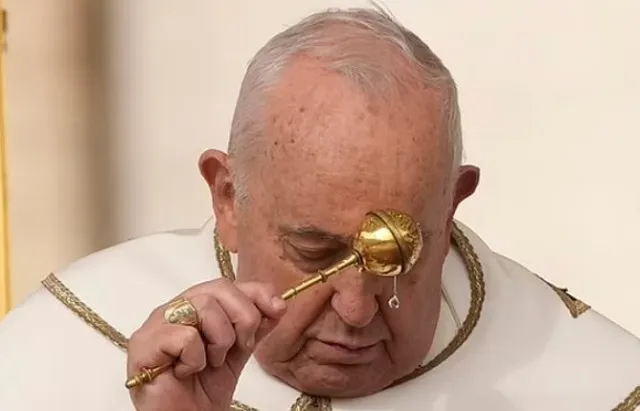
In some cases, the body may need to be massaged to loosen the muscles, allowing it to be positioned comfortably.
Next, a small incision is made above the collarbone.
The carotid artery and jugular vein are accessed, allowing embalming fluid to be pumped in while blood is expelled.
This fluid typically contains preserving agents and dyes that enhance the color of the body.
After this, a needle-like device is used to remove any remaining fluids from the abdomen.
It is crucial to eliminate all bodily fluids to prevent microbial growth that could lead to decomposition.
Unlike earlier practices, where organs were removed, modern protocols require the body to remain intact.
How Pope Francis’ body will be preserved to slow decay after his recent passing
Historically, the organs of deceased Popes were sometimes removed and preserved separately, creating religious relics.
However, this practice has not been followed since Pope Leo XIII, who died in 1903.
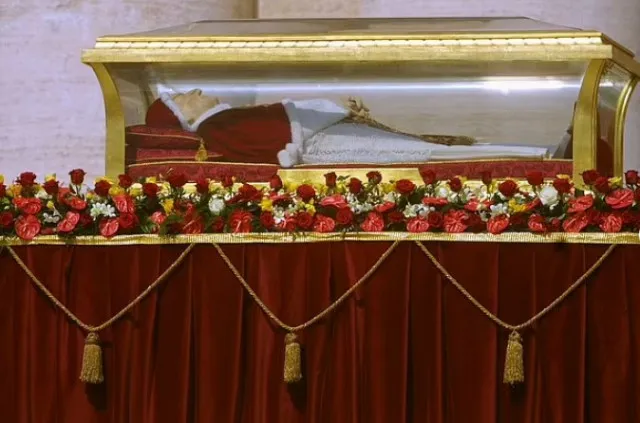
The Vatican now forbids organ donations from a deceased Pope, as their body is considered to belong to the Church.
Once the embalming process is complete, the body is washed, dressed in red robes, and prepared for presentation.
Traditionally, Popes have been buried in three caskets to create an airtight seal, allowing for burial items like coins and papers from their reign.
Pope Francis will be laid to rest in a single zinc-lined wooden casket, breaking from tradition.
He also chose not to be buried in the grottoes beneath St. Peter’s Basilica, a practice followed by many of his predecessors.
Instead, he has prepared a tomb in the Basilica of Santa Maria Maggiore, where he prayed often.
Final arrangements include public viewing for mourners.
The body of Pope Francis will lie in state for three days in St. Peter’s Basilica.
Unlike past practices, he will not be placed on a raised platform.
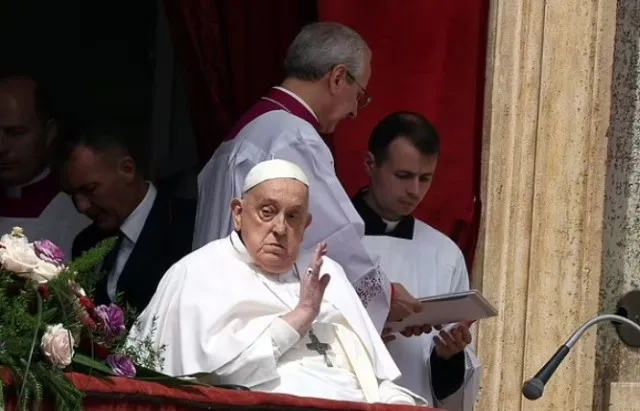
His coffin will remain open for mourners to pay their respects until the night before his funeral.
This decision reflects a desire to emphasize the humble nature of the papacy.
The Vatican aims to portray the funeral of the Pope as that of a shepherd and disciple of Christ, rather than a powerful figure.